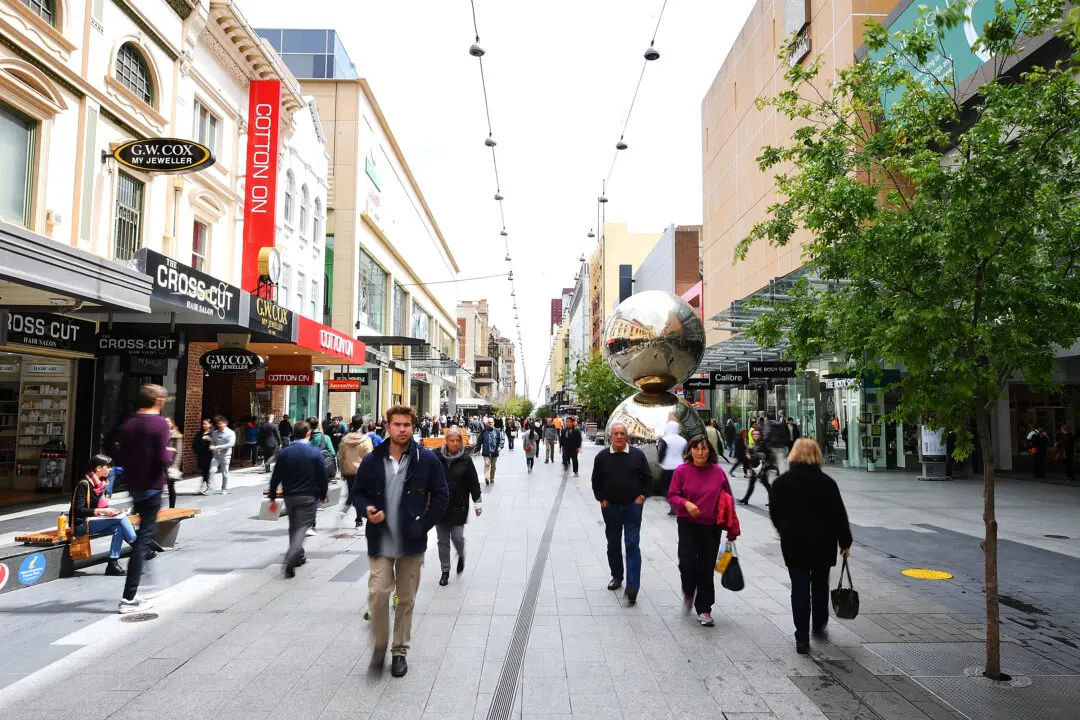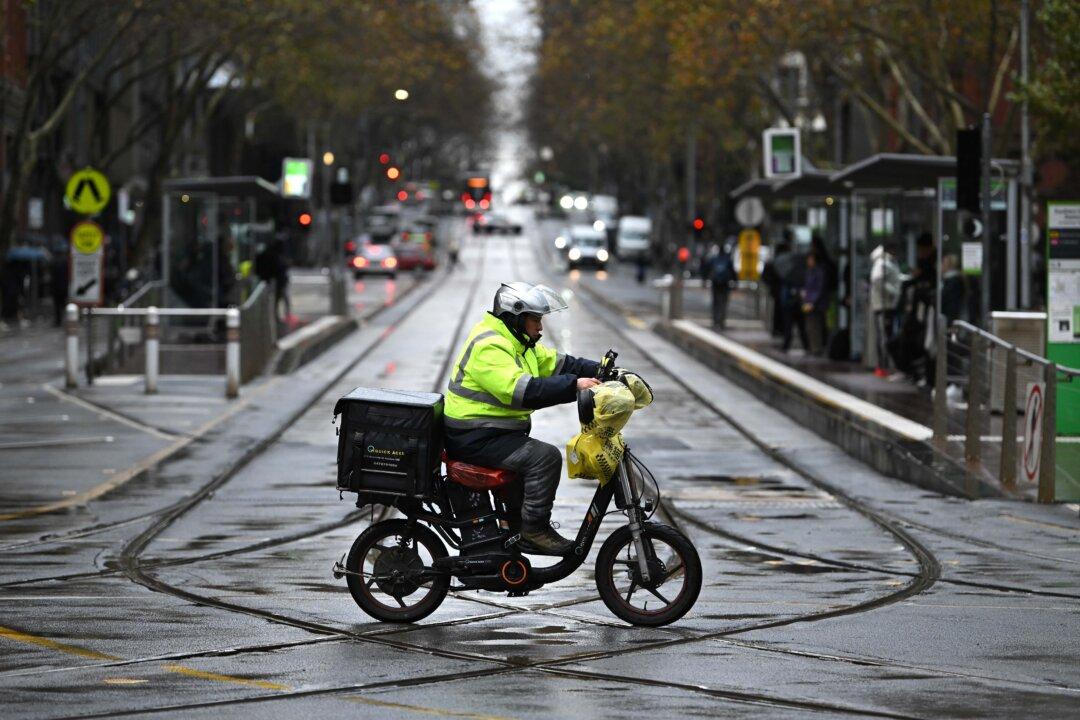Bankwest will become a digital-only bank, closing 45 branches in Western Australia and transitioning 15 to Commonwealth Bank of Australia (CBA) branches.
The bank is planning to convert to a digital bank completely by October 2024, closing or converting all the remaining bank branches it operates in Australia.





